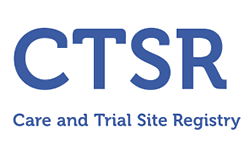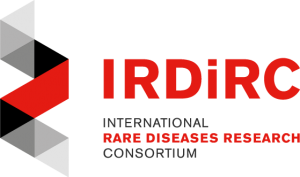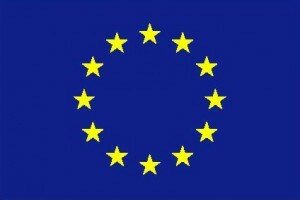Authors
Yoshiteru Azuma MD PhD, Ana Töpf PhD, Teresinha Evangelista MD, Paulo José Lorenzoni MD PhD, Andreas Roos PhD, Pedro Viana MD, Hidehito Inagaki PhD, Hiroki Kurahashi MD PhD, Hanns Lochmüller MD.
Journal
American Academy of Neurology,
Publication date
May 2017
Abstract
Objective:
To identify the genetic cause in a patient affected by ptosis and exercise-induced muscle
weakness and diagnosed with congenital myasthenic syndromes (CMS) using whole-genome
sequencing (WGS).
Methods:
Candidate gene screening andWGS analysis were performed in the case. Allele-specific
PCR was subsequently performed to confirm the copy number variation (CNV) that was suspected
from the WGS results.
Results:
In addition to the previously reported frameshift mutation c.1124_1127dup, an intragenic
6,261 bp deletion spanning from the 59 untranslated region to intron 2 of the DOK7 gene
was identified byWGS in the patient with CMS. The heterozygous deletion was suspected based
on reduced coverage on WGS and confirmed by allele-specific PCR. The breakpoints had microhomology
and an inverted repeat, which may have led to the development of the deletion during
DNA replication.
Conclusions:
We report a CMS case with identification of the breakpoints of the intragenic
DOK7 deletion using WGS analysis. This case illustrates that CNVs undetected by Sanger
sequencing may be identified byWGS and highlights their relevance in the molecular diagnosis
of a treatable neurologic condition such as CMS.
DOI link
10.1212/ NXG.0000000000000152



